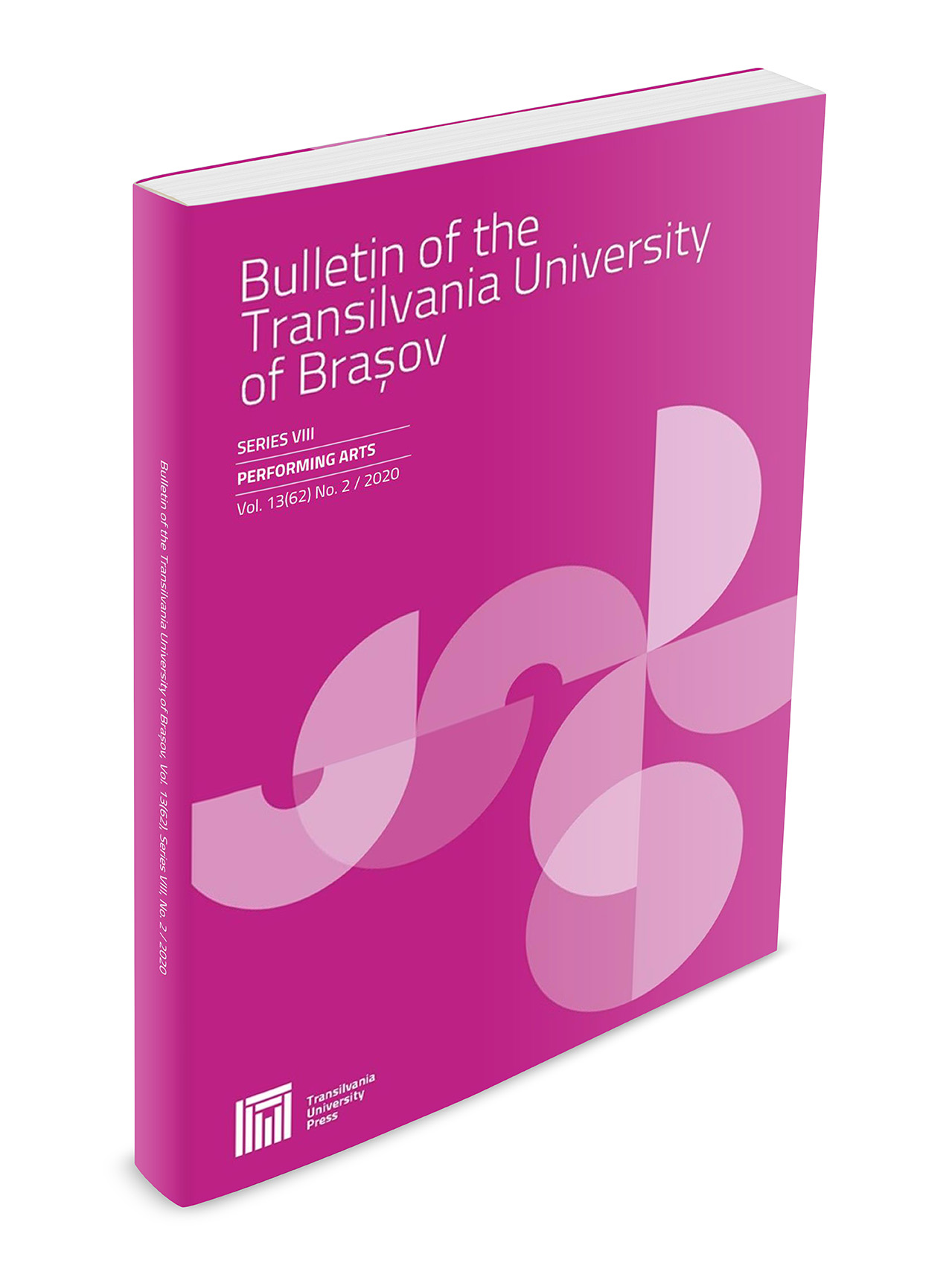Rhythmic Therapy for Communications Improvement for the Hearing-Impaired Children
DOI:
https://doi.org/10.31926/but.pa.2022.15.64.2.9Keywords:
music and rhythmic therapy, hearing impaired, vocal expressionAbstract
The paper presents a set of techniques using the music and rhythm to emphasize or speed up the general individual process of learning and using speech, providing spontaneity and confidence in vocal and verbal expression, improving vocal quality. The paper describes the materials/resources used, the way the activity is carried out, methods of monitoring and evaluation, benefits/advantages of the application of the intervention. The techniques presented target the listening and improving/educating the reaction to sound stimuli, the differentiation of sounds, according to duration, frequency, intensity, the differentiation of verbalized sounds in cases of anacusis, cophosis - profound hearing loss, deafness - over 90 dB, symmetrical, pre- and post-linguistic. The activities are described for participants between 6-14 years old, but the techniques presented are suitable, easily adapted, for any age older than 3 years.Downloads
Published
Issue
Section
License
Copyright (c) 2022 Bulletin of the Transilvania University of Braşov. Series VIII: Performing Arts

This work is licensed under a Creative Commons Attribution 4.0 International License.




